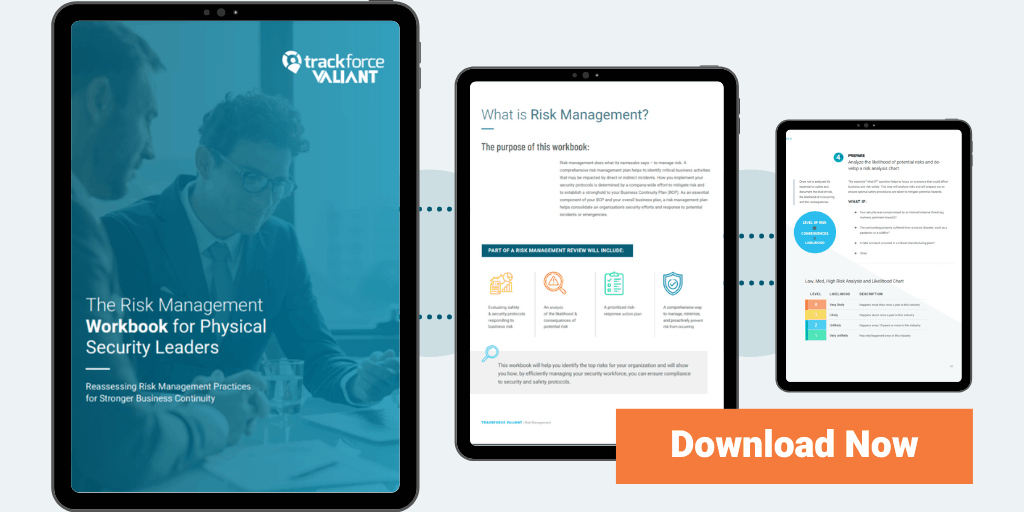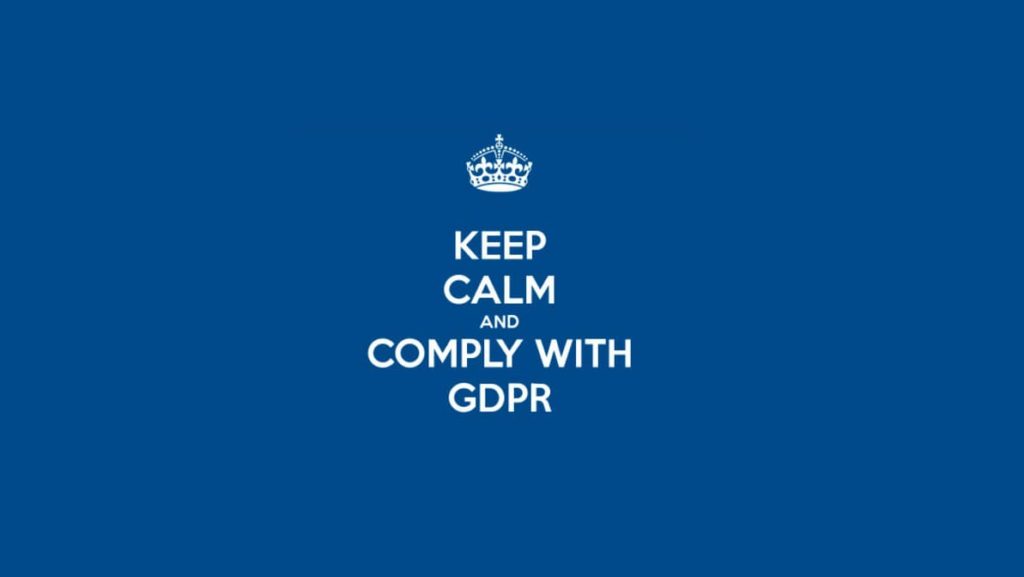What is Enterprise Security Risk Management (ESRM)?
ESRM approaches risk management in a manner that aligns security practices directly to a company’s overall mission and specific goals. ESRM principles can be applied to any area of security and task that is performed by security, including physical security and the convergence of cybersecurity.
When applying risk management principles to enterprise security, the concept of Enterprise Security Risk Management (ESRM) has been around for quite some time. Every ESRM plan must:
- Define what your overall security program looks like
- Build an understanding of the role of security in all areas of your business
- Become a major component of your company’s strategy
- Introduce security processes and structure for stakeholders at every level
Risk mitigation—what’s plaguing corporate security and how does ESRM fix it?
Companies that haven’t implemented ESRM practices risk misalignment between stakeholders and their security workforce. While everyone knows that company assets and personnel need to be protected, very few conversations take place regarding how overall security fits in with a company’s strategic business plan.
Companies that are serious about their corporate security management don’t regard their security operations as a “second tier” department. They’re included in the company’s most important strategy meetings, right next to representatives from the finance department and human resources.
How can risk management impact your organization?
ESRM integrates with corporate business plans and goals.
So, we understand how important it is to include enterprise security operations in all levels of your overall business strategy. But how do you really do that?
The first step is to work with business leaders to identify all company assets and prioritize them. Next, identify and prioritize the risks associated with each of those assets. Then, start working on plans to mitigate those prioritized risks. Remember, this process should apply to all levels of strategy and overall business goals.
Once the plans are laid out, a detailed reporting system should be established so that risks can be frequently assessed and risk management tactics can be adjusted accordingly.
ESRM isn’t just for security teams.
Hopefully, we’re getting the message across here, but we can’t stress it enough. Effective ESRM isn’t something that falls only on the shoulders of corporate security departments. Sure, they’ll take care of security-specific activities like incident reporting, site access, and more. Integrating an overall security culture with business goals should be the responsibility of all leaders at a company.
Identifying strategic risk is only one part of a holistic ESRM approach. When it comes time to mitigate those risks, you’ll need the right tools. The team at Trackforce can help you efficiently respond to risks. And remember those dynamic reports for ongoing security risk management and assessments? We can help with those, too.
Schedule a demo today to see how your company can take a holistic approach in integrating enterprise security risk management methods.




